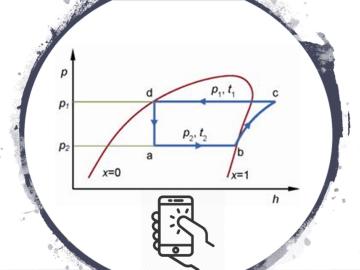
Filter News
Area of Research
- Advanced Manufacturing (4)
- Building Technologies (1)
- Clean Energy (22)
- Climate and Environmental Systems (1)
- Computational Engineering (1)
- Computer Science (6)
- Fusion Energy (4)
- Materials (14)
- National Security (2)
- Neutron Science (10)
- Nuclear Science and Technology (7)
- Quantum information Science (2)
- Supercomputing (7)
- Transportation Systems (1)
News Type
Date
News Topics
- 3-D Printing/Advanced Manufacturing (6)
- Advanced Reactors (5)
- Artificial Intelligence (5)
- Big Data (5)
- Biomedical (1)
- Clean Water (2)
- Composites (1)
- Computer Science (15)
- Cybersecurity (1)
- Energy Storage (4)
- Environment (6)
- Fusion (3)
- Grid (4)
- Machine Learning (3)
- Materials Science (9)
- Microscopy (2)
- Molten Salt (1)
- Nanotechnology (2)
- Neutron Science (8)
- Nuclear Energy (9)
- Physics (2)
- Polymers (1)
- Quantum Science (3)
- Space Exploration (3)
- Summit (2)
- Sustainable Energy (2)
- Transportation (7)
Media Contacts

Oak Ridge National Laboratory scientists analyzed more than 50 years of data showing puzzlingly inconsistent trends about corrosion of structural alloys in molten salts and found one factor mattered most—salt purity.

A University of South Carolina research team is investigating the oxygen reduction performance of energy conversion materials called perovskites by using neutron diffraction at Oak Ridge National Laboratory’s Spallation Neutron Source.

Oak Ridge National Laboratory geospatial scientists who study the movement of people are using advanced machine learning methods to better predict home-to-work commuting patterns.

By automating the production of neptunium oxide-aluminum pellets, Oak Ridge National Laboratory scientists have eliminated a key bottleneck when producing plutonium-238 used by NASA to fuel deep space exploration.

Scientists at Oak Ridge National Laboratory and Hypres, a digital superconductor company, have tested a novel cryogenic, or low-temperature, memory cell circuit design that may boost memory storage while using less energy in future exascale and quantum computing applications.

Technicians can access a free tool developed by Oak Ridge National Laboratory to support the installation and repair of heating, ventilation and air conditioning systems, particularly when using new refrigerants.

Oak Ridge National Laboratory scientists studying fuel cells as a potential alternative to internal combustion engines used sophisticated electron microscopy to investigate the benefits of replacing high-cost platinum with a lower cost, carbon-nitrogen-manganese-based catalyst.

Researchers used neutron scattering at Oak Ridge National Laboratory’s Spallation Neutron Source to investigate bizarre magnetic behavior, believed to be a possible quantum spin liquid rarely found in a three-dimensional material. QSLs are exotic states of matter where magnetism continues to fluctuate at low temperatures instead of “freezing” into aligned north and south poles as with traditional magnets.




